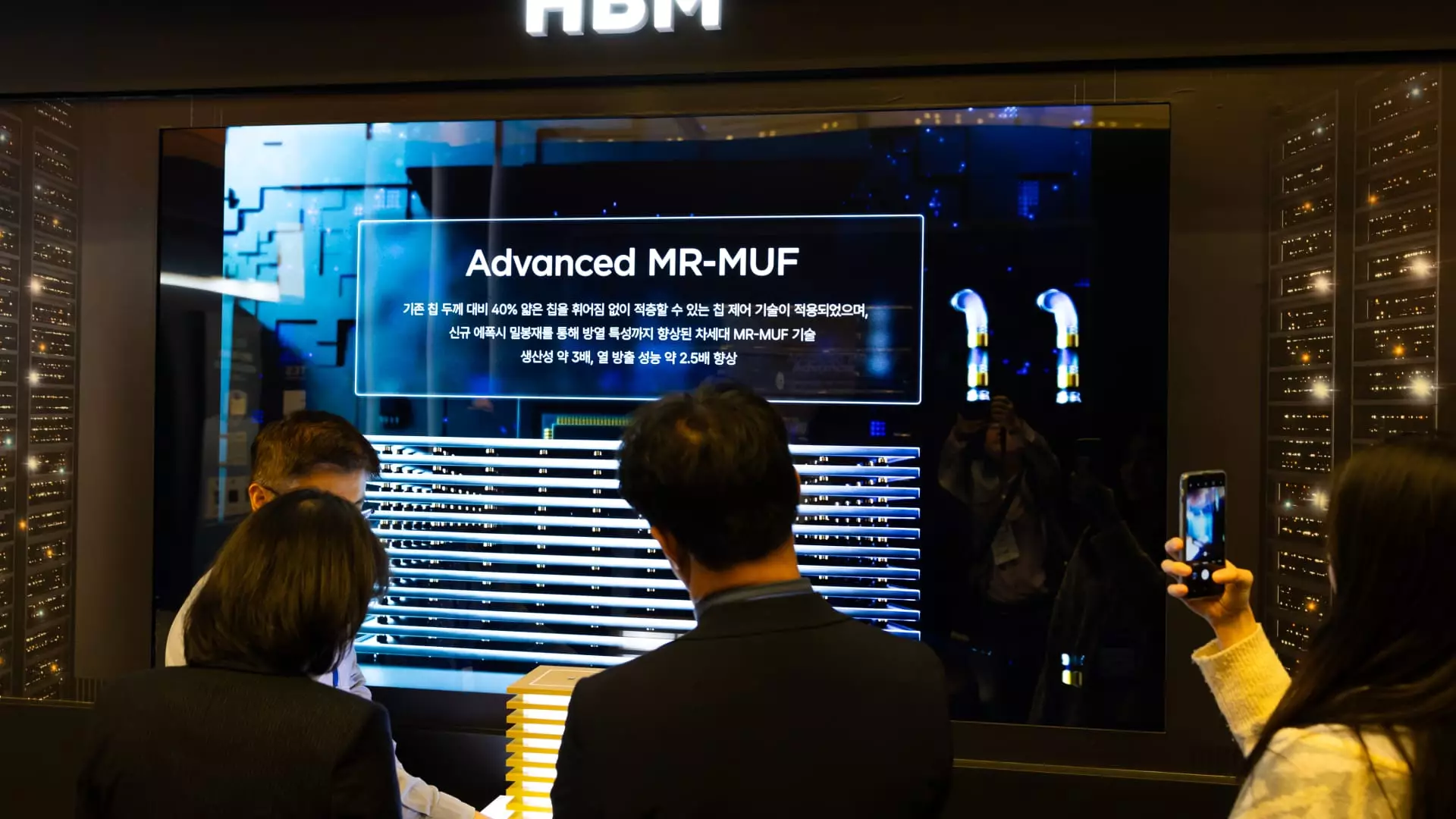In a highly turbulent global economic landscape, South Korea’s semiconductor industry is on the brink of crisis, catalyzed by emerging U.S. trade policies. This week, South Korea announced an impressive support package amounting to 33 trillion won (roughly $23.25 billion), aimed at bolstering its vital semiconductor sector. With former President Donald Trump’s vague yet ominous promise to announce soon a tariff rate on imported semiconductors, the underlying anxiety among South Korean companies is palpable. The geopolitical nuances are clear: the Trump administration’s posture towards trade can turn allies into adversaries overnight. In doing so, they threaten not only jobs but also the fundamental structure of an industry that underpins South Korea’s economy.
Details of the Support Package
The scale of South Korea’s subsidy is indicative of the gravity of the situation. This infusion represents a 25% increase over the previously committed 26 trillion won, highlighting policymakers’ acute awareness of the existential threat posed by U.S. tariffs. The finance ministry’s plan encompasses vital initiatives, such as accelerating the construction of underground power lines for semiconductor clusters, a move that speaks volumes about modernizing infrastructure to sustain industry competitiveness. This isn’t just throwing money at a problem; it’s a strategic investment in the future of technology to counteract protective foreign policies.
A Competitive Edge or a Desperate Gamble?
Yet, one cannot help but wonder if South Korea is merely applying a band-aid on a much larger wound. Offering 20 trillion won in low-interest loans to semiconductor companies is a clear attempt to fuel growth, but is it a sustainable solution or simply a reactive measure? Throwing capital at the problem can often mask deeper structural issues. South Korea’s chipmakers, despite their status as world leaders, face not just external threats but also internal challenges, like innovation stagnation and workforce skills mismatches.
Furthermore, the government’s initiatives to train domestic graduates and attract global talent through joint research programs sound promising on paper, yet their real-world effectiveness remains to be seen. It raises the question: Are these measures enough to prepare the South Korean workforce for a competitive future in an industry rapidly evolving with artificial intelligence and advanced technologies, or are they merely an echo of panic?
Emerging Economic Superpowers
As the global semiconductor market becomes increasingly dominated by emerging players, South Korea stands to lose if it cannot navigate these treacherous waters. In 2024, South Korea’s semiconductor exports accounted for a staggering 20% of its total exports, underlining just how dependent the economy is on this industry. However, with the U.S. becoming an important export destination, rising tariffs could tilt the scales dramatically against South Korea’s favor. The fragile interplay of cooperation and confrontation between the two nations could dictate South Korea’s economic health for years to come.
The Kospi’s movement, with major companies like Samsung and SK Hynix reflecting modest gains, serves as a statistical reassurance but does little to mask the turbulent undercurrents threatening to upend the semiconductor sector. Until South Korea can strike a balance between immediate financial infusion and long-term strategic planning, the specter of economic instability will loom larger than ever.

